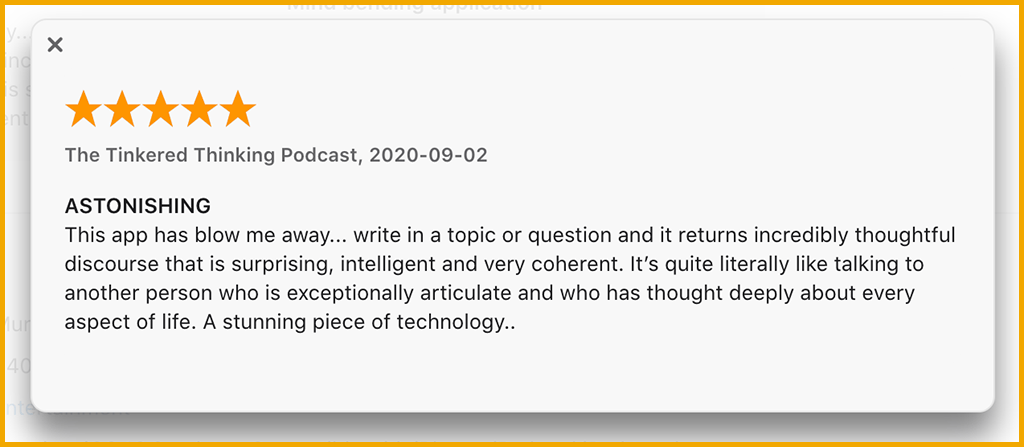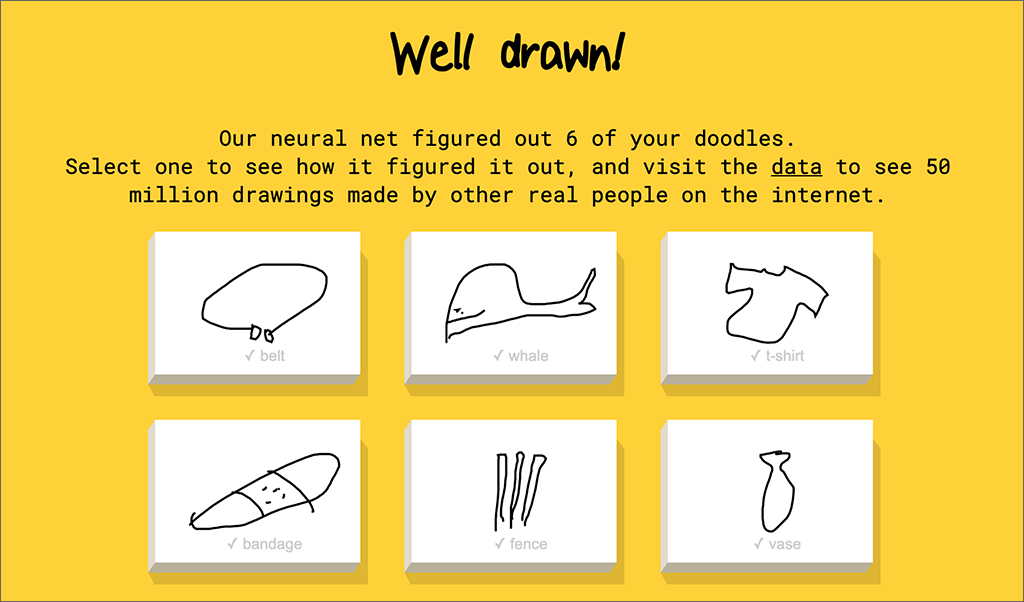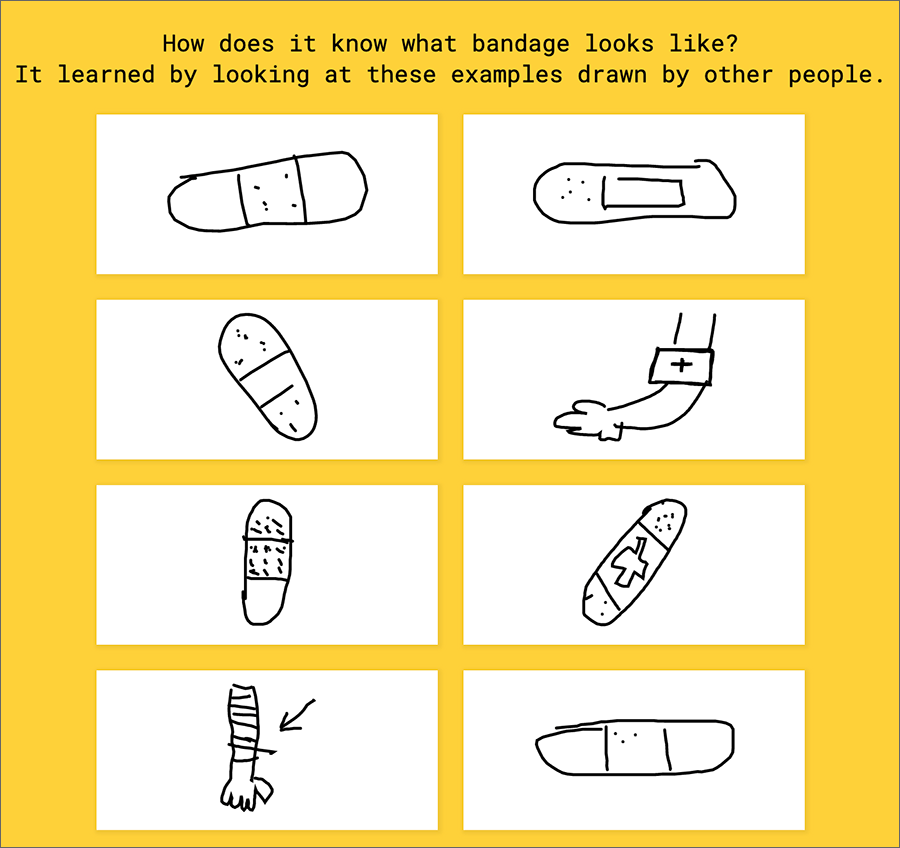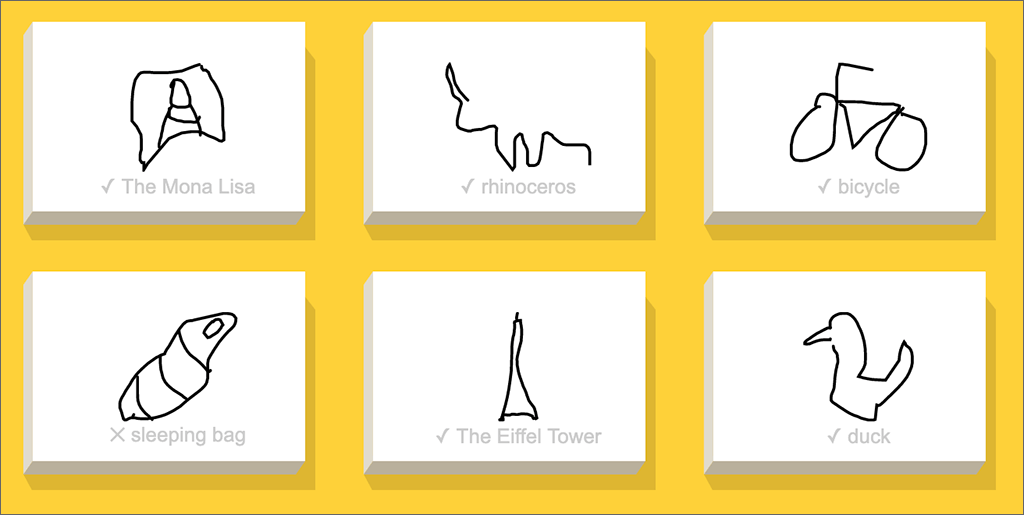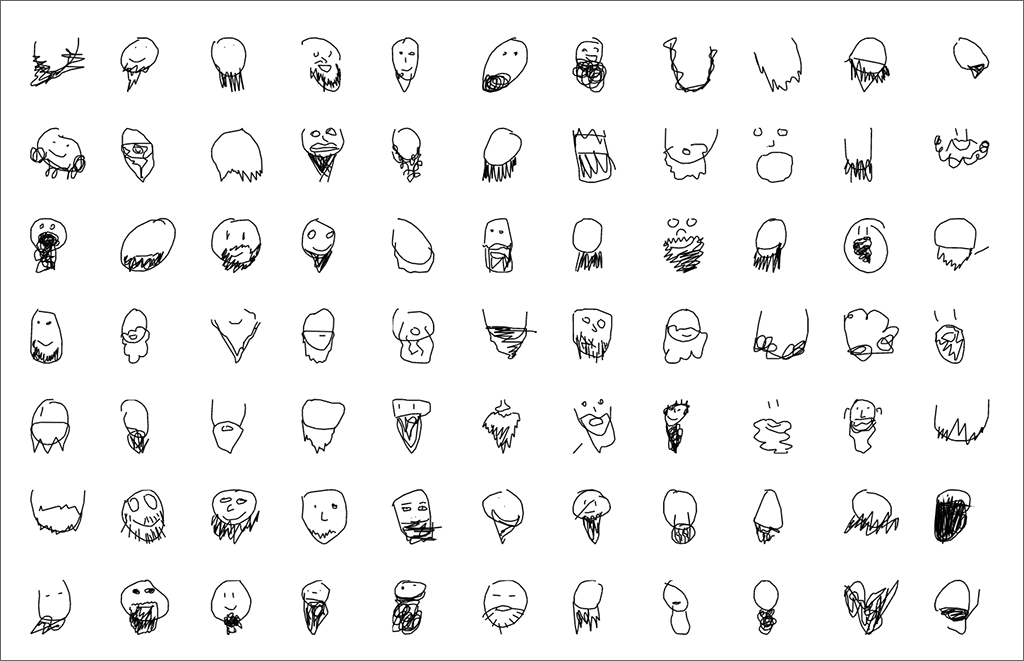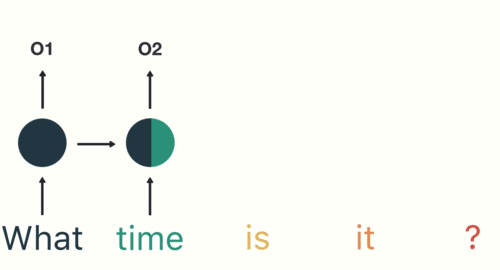I had not been all that interested to learn about perceptrons, even though the perceptron is known as an ancestor of present-day machine learning.
That changed when I read an account that said the big names in AI in the 1960s were convinced that symbolic AI was the road to glory — and their misplaced confidence smothered the development of the first systems that learned and modified their own code.
Symbolic AI is built with strictly programmed rules. Also known as “good old-fashioned AI,” or GOFAI, the main applications you can produce with symbolic AI are expert systems.
The original perceptron was conceived and programmed by Frank Rosenblatt, who earned his Ph.D. in 1956. A huge IBM computer running his code was touted by the U.S. Office of Naval Research in 1958 as “capable of receiving, recognizing and identifying its surroundings without any human training or control,” according to a New York Times article published on July 8, 1958. That was hype, but the perceptron actually did receive visual information from the environment and learn from it, in much the same way as today’s ML systems do.
“At the time, he didn’t know how to train networks with multiple layers. But in hindsight, his algorithm is still fundamental to how we’re training deep networks today.”
—Thorsten Joachims, professor, computer science, quoted in the Cornell Chronicle
After leading AI researchers Marvin Minsky and Seymour Papert, both of MIT, published a book in 1969 that essentially said perceptrons were a dead end, all the attention — and pretty much all the funding — went to symbolic AI projects and research. Symbolic AI was the real dead end, but it took 50 years for that truth to be fully accepted.
Frank Rosenblatt died in a boating accident on his 43rd birthday, according to his obituary in The New York Times. It was 1971. Had he lived, he might have trained dozens of AI researchers who could have gone on to change the field much sooner.
An excellent article about Rosenblatt’s work is Professor’s perceptron paved the way for AI — 60 years too soon, published by Cornell University in 2019.

AI in Media and Society by Mindy McAdams is licensed under a Creative Commons Attribution-NonCommercial-NoDerivatives 4.0 International License.
Include the author’s name (Mindy McAdams) and a link to the original post in any reuse of this content.
.

